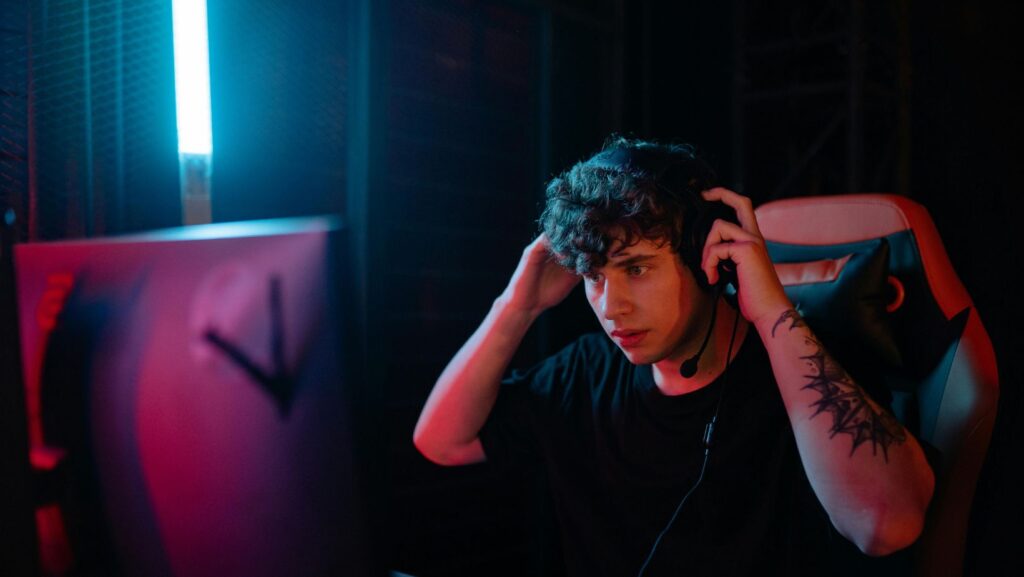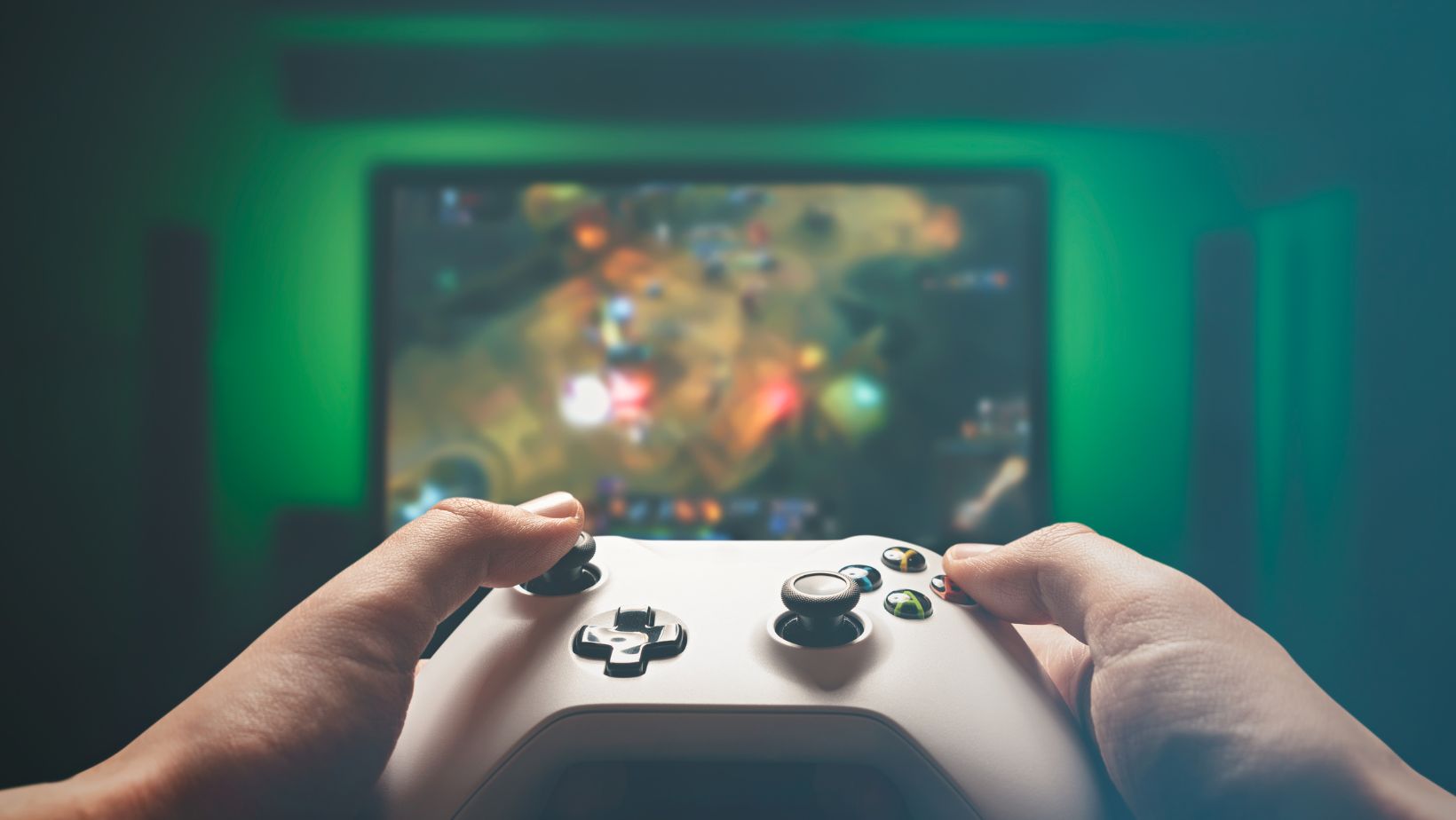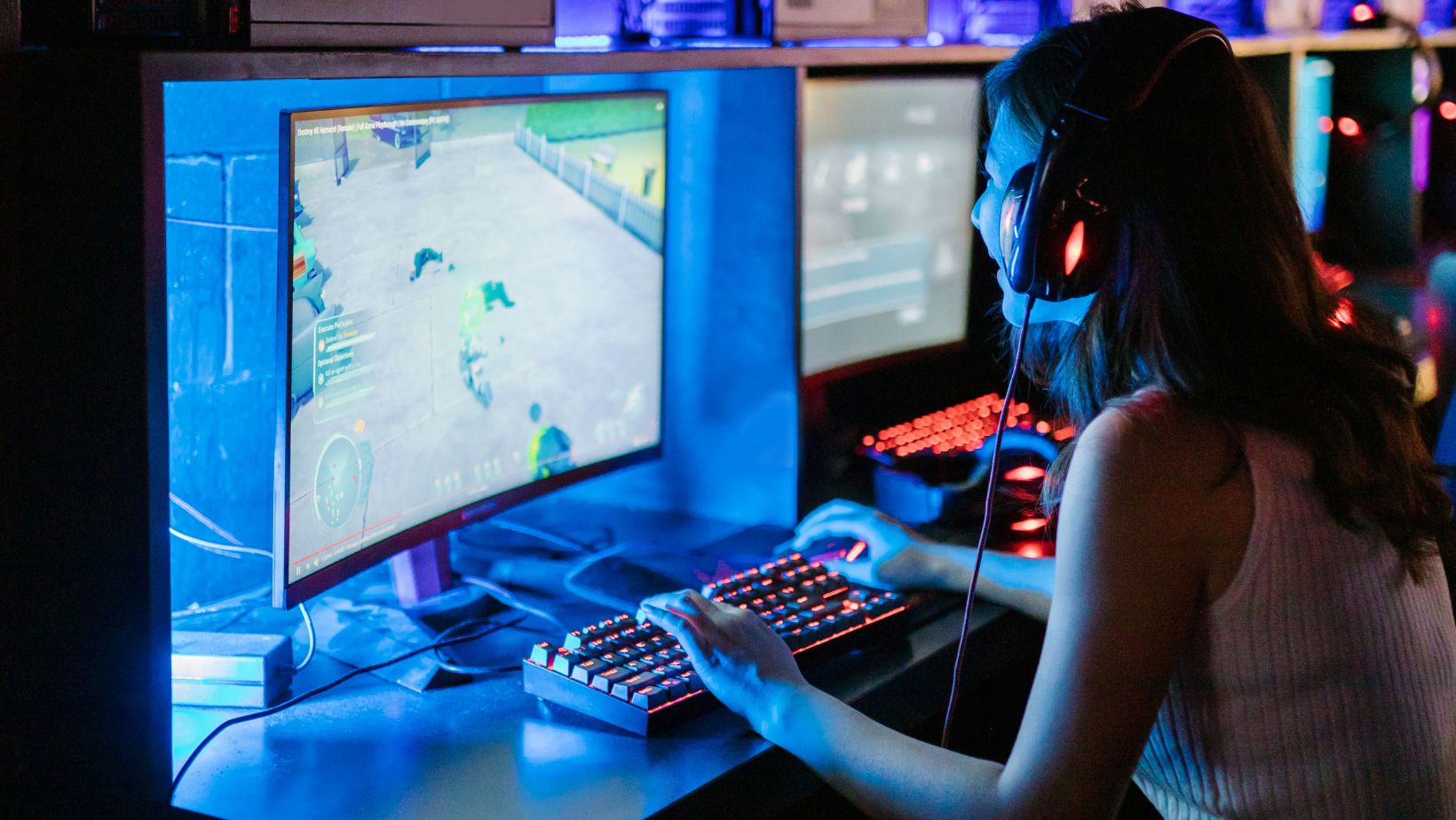Customization is now a significant part of the online gaming world. Apart from how fun a game is, players are finding themselves attracted by how their characters, weapons and gear look in-game. Counter-Strike 2 (CS2) proves this best, as weapon skins have now become serious investments in the gaming economy.
A simple system for earning rewards has evolved into trading skins, with players always seeking those that are more special and high-quality.
Nowadays, skin trading is not only a hobby. Being in the market is exciting, and when trading CS2 skins, it is a matter of bragging rights, as a regular skin might not be worth much compared to a rare one that could bring hundreds or thousands of dollars.
From Casual Unlocks to Competitive Commerce
Initially, you could only get skins by either completing achievements or through chance random drops. The skins did not improve gameplay, yet they let users customize their characters and set themselves apart during gameplay. As some skins grew harder to get and looked better, more people started wanting them. They began to seek out strategies to collect the skins they wanted, rather than relying solely on luck.
With the change, people started to trade skins. People began to trade their goods with each other instead of waiting for goods to drop or purchasing questionable loot boxes. Trading away skins they didn’t want for the ones they liked helped players grow their inventory by chatting, checking prices and talking with other players.
The reason this method is so attractive is that it gives us control over many variables. Players can use trading to make thoughtful and sharp choices. If you stick with the market and let your games run long enough, you can fill your skin collection for free.
How Online Marketplaces and Trading Platforms Are Used
Part of why skins trading has spread so much is the presence of third-party marketplaces and official systems. Now, users can find places to buy, list and trade skins with fewer guidelines and, in some cases, lower costs than on Steam’s market. These features help traders by giving them easy access to data on skins, how rare they are and how respected the traders are, making it more straightforward to spot good deals.
As a result, many traders have emerged who view skins primarily as digital assets, rather than solely as cosmetic items. These traders monitor trends in trading prices and inventory, and plan when to sell or buy, just as in any traditional financial market. Some ensure they have options, selling popular skins in the future to acquire some of the rarer ones.
Skins trading is now both easy and fun due to real-time market tools. Without ever playing competitively, anybody can still check out, offer for and add to their collection. Negotiating for great trades through skins lures players back, so trading is a main feature of this game mode.
Social Status and Digital Identity
Many people trade skins because it’s a social activity. Just as designer items or rare collections mark someone’s identity in real life, rare skins reveal others’ standing online. Whenever a player sports a top-tier skin in the game, people notice them right away. They can lead others to admire, question, or even get envious of what you have.
Trading plays a crucial role in becoming wealthy. If someone doesn’t have the money for top skins, they can still obtain them through clever trading. It is especially meaningful to younger players who feel at home with visuals being so crucial in today’s gaming world.
In addition, skins usually have a backstory attached. You may occasionally hear players talking about exchanging trash loot for excellent cosmetic inventory with careful trading over a long period. Such writings promote a bond among the community by reminding them why trading is appealing.
An Overview of Problems and Dangers
Skin trading can present numerous benefits, but it also carries certain risks. Since the market is popular, scammers have started using phishing, fake websites and trying to impersonate users. Real-world benefits of skins attract theft and trickery from scammers.
People engaging in JNTags should choose trusted sites, check who they trade with and always keep their usernames and passwords private. Older traders often secure themselves with two-factor authentication, look at their trade history and get feedback from others involved in the community.
Several security steps have been introduced by Valve to stop scams in CS2, including trade holds and confirmation before trading. Even if these steps increase some difficulties, they have made the ecosystem safer and more responsible.
Predicting What’s Ahead for Skins in The Market
There are no indications that trading skins will cease anytime soon. As gaming becomes an increasingly significant part of people’s lives and businesses, the digital collectibles market is becoming more complex. Thanks to blockchain, digital asset ownership and origin could be verified in a way that may transform skin trading and storage.
For now, trading skins is attractive because it is easy to do and allows players to be in control. It depends on involvement, imagination and planning. If you’re getting started and want to replace some items or are seriously involved in trading, the community always gives you something to do in the game outside its main features.




More Stories
The Creative Side of Sports Games and Betting
How Online Casinos Are Learning From Video Games
Jackpot in Your Pocket: The Evolution of Mobile Casino Games